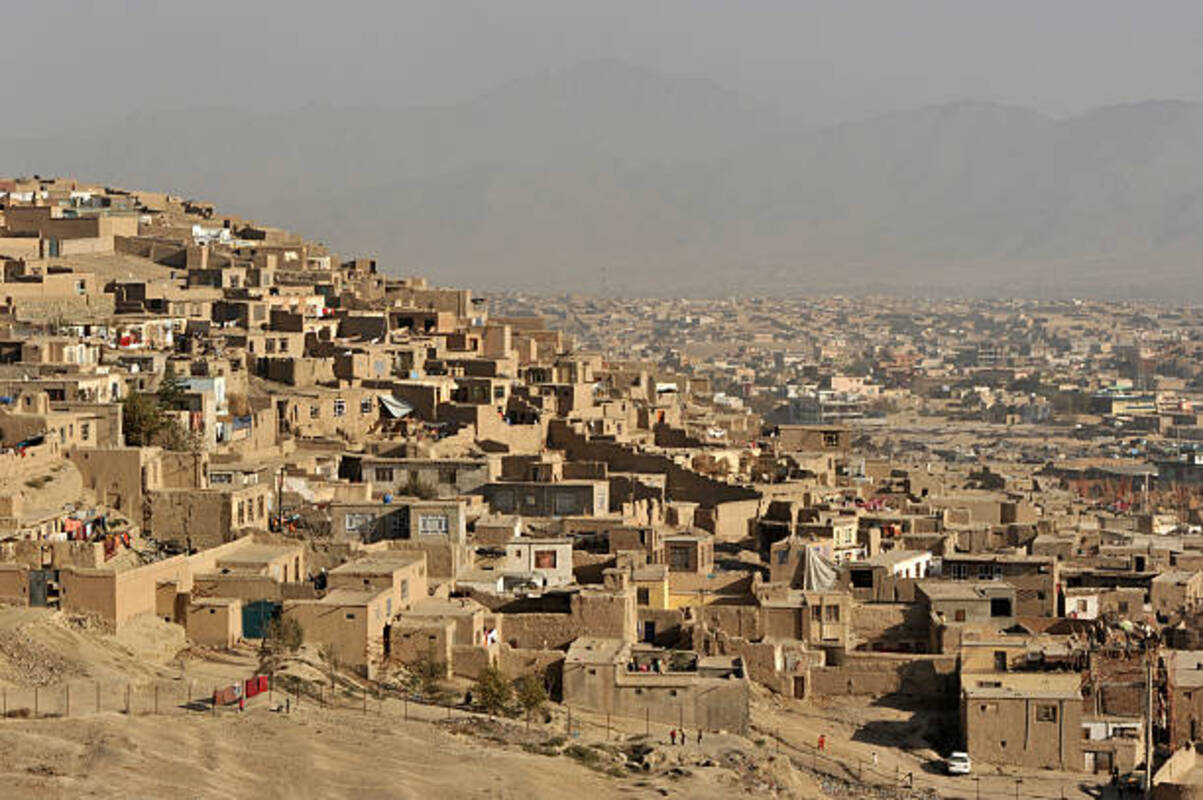Afghanistan is a country with a rich ancient history, diverse culture, and complex modern reality. Its mountainous terrain, strategic location along the ancient Silk Road, and centuries-old traditions have shaped a unique identity that bridges East and West. While many people associate Afghanistan primarily with conflict and instability, the country holds far more than meets the eye. From ancient cities and archaeological wonders to ethnic diversity and poetic heritage, Afghanistan is a land full of surprises. Here are some fascinating and educational facts about Afghanistan that may change your perspective.
- Human settlements in Afghanistan date back to the 4th millennium BCE. Over the centuries, the region was part of the Achaemenid Empire, Alexander the Great’s empire, the Kushan Empire, and other ancient civilizations.
- Kandahar, one of Afghanistan’s oldest cities, is believed to have been founded by Alexander the Great in the 4th century BCE. Its name is derived from the Greek “Alexandria in Arachosia.”
- Around 75% of Afghanistan’s territory is mountainous. The highest peak, Mount Noshaq, rises over 7,400 meters and is part of the Hindu Kush range.
- Afghanistan is home to more than 30 ethnic groups, with the largest being Pashtuns, Tajiks, Hazaras, and Uzbeks. This ethnic diversity contributes to a complex social fabric across the country.
- The official languages are Dari and Pashto. However, many people also speak Uzbek, Turkmen, Balochi, and other regional languages.
- The country was a major junction on the ancient Silk Road, which connected China with Europe. Caravans, merchants, scholars, and travelers passed through Afghanistan for centuries.
- The Buddhas of Bamiyan, carved into cliffs in the 6th century, were among the world’s largest standing Buddha statues. They were tragically destroyed by the Taliban in 2001, prompting global outrage.
- Afghanistan still uses traditional irrigation systems known as karez. These underground canals channel water from mountain sources to villages and agricultural areas.
- Kabul, the capital city, is located at an altitude of over 1,700 meters above sea level, making it one of the highest capital cities in the world. It has a recorded history of more than 3,000 years.
- The Afghan Hound is one of the world’s oldest dog breeds. Known for its elegance, long silky coat, and hunting ability, it originated in the mountainous regions of Afghanistan.
- Afghanistan has rich natural resources, including copper, gold, iron, oil, lithium, and precious stones. Lapis lazuli from the Badakhshan region was traded as far back as ancient Egypt.
- Archaeological discoveries reveal the existence of the Oxus civilization in Afghanistan. Artifacts indicate advanced metallurgy, trade, and a sophisticated writing system.
- Despite years of war, Afghanistan is home to breathtaking natural sites, such as the Band-e Amir lakes. These turquoise-blue lakes form the country’s first national park and hold spiritual significance for locals.
- Traditional Afghan clothing is characterized by vibrant embroidery and regional styles. In many areas, women wear hand-embroidered veils bearing tribal or family symbols.
- Afghan pilaf (kabuli palaw) is a national dish made with rice, meat, carrots, raisins, and spices. It is typically served at weddings, religious festivals, and family celebrations.
- The country has a strong tradition of oral poetry and storytelling. Poets like Rumi and Saadi have left a lasting legacy in Afghan and Persian literary culture.
- Afghan carpets are known for their durability, symbolic patterns, and handmade craftsmanship. Each motif in the carpet often represents peace, protection, or heritage.
- In the 1970s, Kabul was a popular stop for travelers on the hippie trail from Europe to India. The city was known for its cafes, music, and open social atmosphere.
- Buzkashi is a traditional Afghan sport similar to polo, where horsemen compete to carry a goat carcass across a goal. This intense and thrilling game is especially popular in northern regions.
- Afghanistan has one of the youngest populations in the world. More than 60% of its citizens are under the age of 25, creating both challenges and opportunities for future development.
Afghanistan is a country of contrasts where ancient history meets modern challenges and natural beauty coexists with historical hardship. These interesting facts reveal the rich and complex layers of a nation often misunderstood. Its cultural heritage, natural resources, and youthful population hold great potential for peace and growth. Afghanistan deserves to be known not just for its struggles but for its resilience, history, and humanity.





